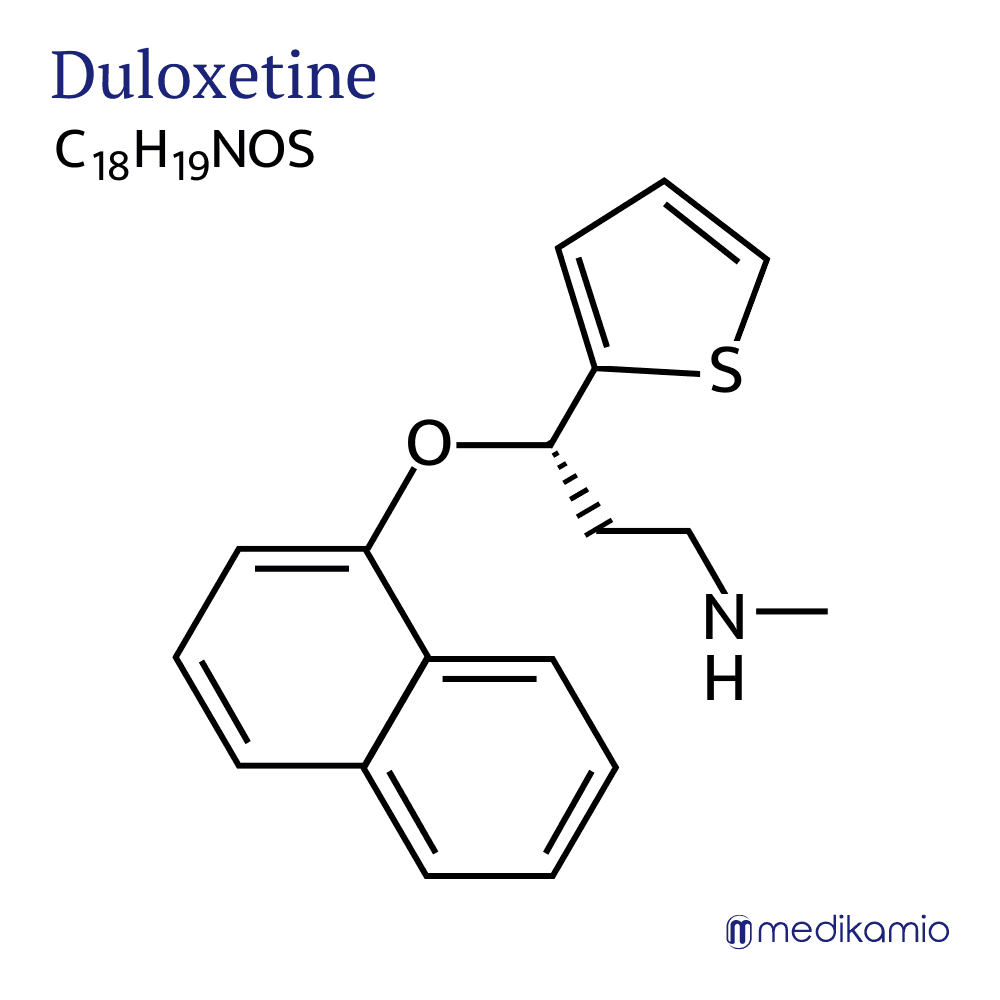Basics
Duloxetine is an active ingredient that is administered to treat depression, anxiety disorders and pain. It belongs to the group of SSNRIs (selective serotonin and noradrenaline reuptake inhibitors). It is found in medicines as S-duloxetine hydrochloride, is a white to brownish powder and is only slightly soluble in water. Duloxetine is broken down racemically and only the left-turned enantiomer is used. A racemate is an active substance that consists of 2 molecules that occur in a 1:1 ratio and behave like image and mirror image. One speaks of the R-(dextrorotatory) enantiomer and S-(levorotatory) enantiomer. Enantiomers do NOT differ in their physical properties such as melting or boiling point. However, they can behave in opposite ways in terms of their effects. For example, (S)-carvone smells like caraway and (R)-carvone smells like mint. The amino acid (S)-valine tastes bitter, while (R)-valine tastes sweet. For these reasons, both enantiomers are always tested in today's approval procedures for new active ingredients. Sometimes one enantiomer can be converted into the other in the body.


